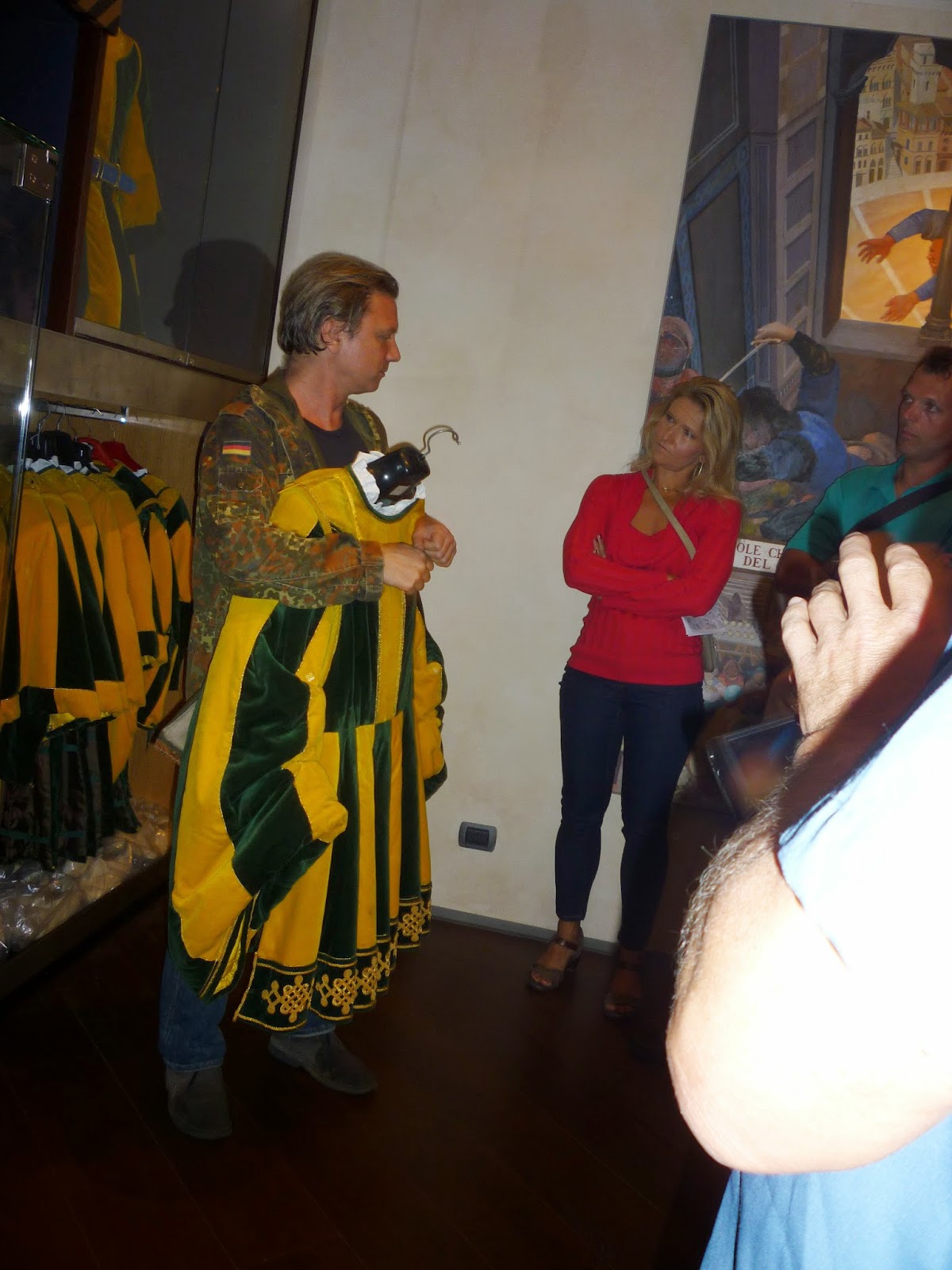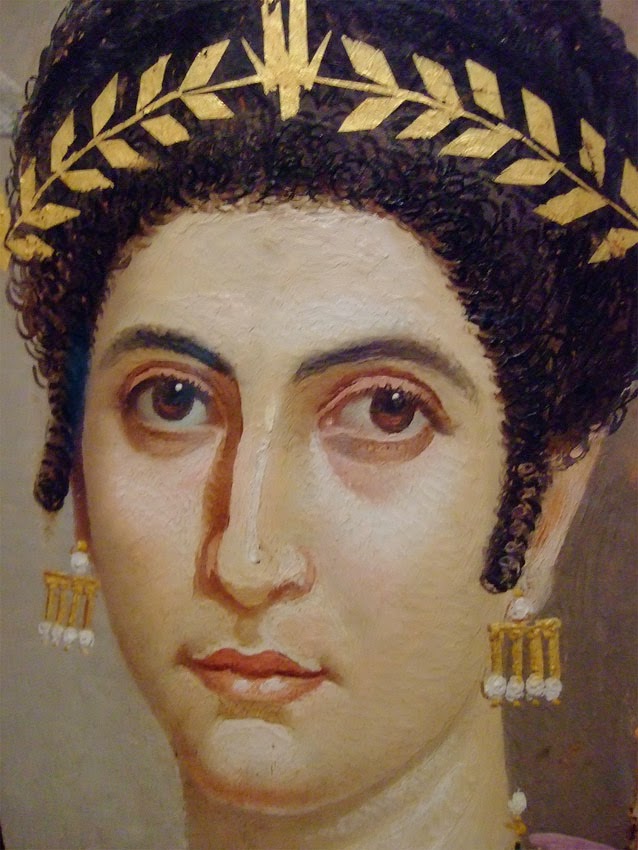Guys -
I'm late for work, but I must urge ALL of you ladies to pick up this book. It's YA, but oh so wonderful. Popular outlines what we all went through in Junior High and High School and Ms. Van Wagenen is so very funny.
P108-
"Whenever we come here [beach on MX side of TX border] we play a very special game in the car. It's called, "What Not to Say When Asked 'Are you a US Citizen?"
Here are our top five answers that would most likely get you taken away in handcuffs.
Maya starts wearing a pearl necklace per Betty's direction. She is convinced with all her changes she is still unpopular, but when she sees a "semi-popular Choir Geek... wearing a string of pearls around her neck. A glimmer of hope in a dark and unpopular world [opens up to her.]"
I think that glimmer is what makes us all go on. Day by day, no matter how old or what the circumstance. Again. This book will make you smile and laugh. Read it!
Best/PD
I'm late for work, but I must urge ALL of you ladies to pick up this book. It's YA, but oh so wonderful. Popular outlines what we all went through in Junior High and High School and Ms. Van Wagenen is so very funny.
P108-
"Whenever we come here [beach on MX side of TX border] we play a very special game in the car. It's called, "What Not to Say When Asked 'Are you a US Citizen?"
Here are our top five answers that would most likely get you taken away in handcuffs.
- Que?
- I plead the Fifty
- Is there a right answer?
- The question is, are you?
- I am, but I'm not sure about the two kids in the trunk."
Maya starts wearing a pearl necklace per Betty's direction. She is convinced with all her changes she is still unpopular, but when she sees a "semi-popular Choir Geek... wearing a string of pearls around her neck. A glimmer of hope in a dark and unpopular world [opens up to her.]"
I think that glimmer is what makes us all go on. Day by day, no matter how old or what the circumstance. Again. This book will make you smile and laugh. Read it!
Best/PD










































